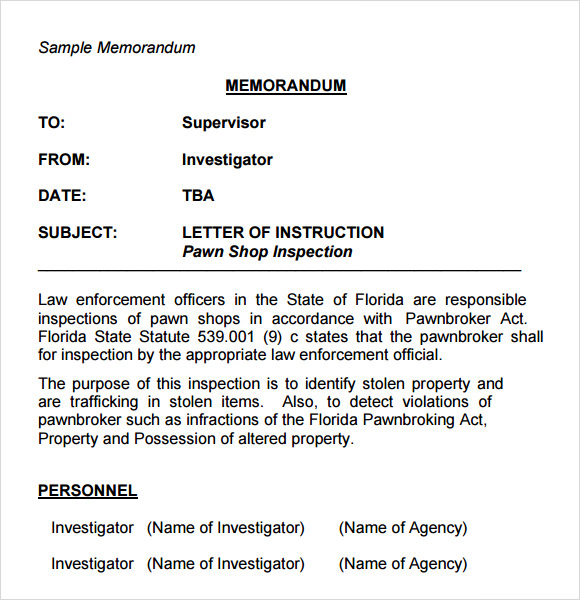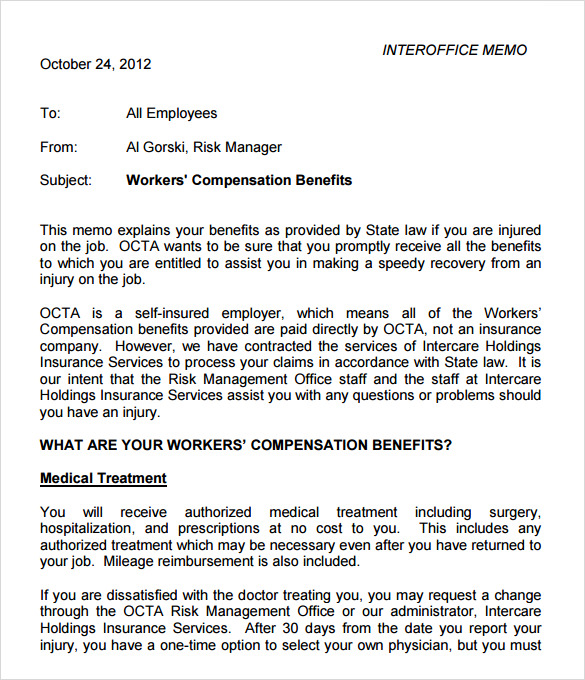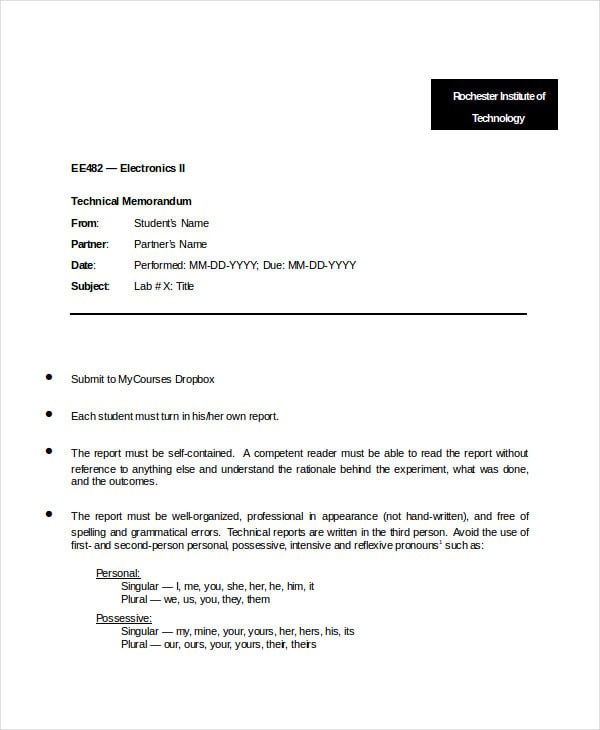
As a fact, institutions use memos for internal communication. Choices of how headers will look fall solely on institutions. The company’s header usually lacks the detailed contact information and address but instead just contains the logo, and, in some cases, a short caption line below the logo. However, institutional headers used in memos are usually shortened versions of headers used in formal letters. For example, headers, depending on the institution’s preferred formats, may either be at the top left, the center, or top right of documents (“Memos”). Heading’s PositionĬompany headers usually identify institutions to which memos belong.


Consequently, heading segments are the first part for anyone who receives memos and begins reading. Also, memo examples contain a date that allows recipients to know when authors wrote documents. For example, descriptive segments identify target audiences using “ To,” represent background information using “ From,” and hints toward the content using “ Subject” (“How to Write” 2). Heading’s PurposeĮach word in headings has a specific purpose. Therefore, company headers are usually institution-specific. The heading segment contains two distinct parts: a company’s header and a descriptive section that includes information concerning recipients, the memo’s origin, and hints toward body paragraphs. In turn, writers organize memos in slight variations to general formats to accommodate institution-specific memo structures, achieving the intended purpose of that particular memorandum. Hence, each of these elements has general formats. Moreover, the body of a memorandum usually follows just after the heading segment, and this part contains a detailed but brief presentation of problems, solutions, and recommendations. The information contained in the heading segment is usually related to the memo’s origin, content, and desired audience. The heading segment is usually the first part of memo samples. There are two main parts in a memorandum: Heading and Body. Therefore, an analysis of components that make up a memo is presented to show variations and possible structure of memo examples.

However, memos have to provide solutions to addressed problems. A memo usually identifies a problem and draws the attention of concerned parties to make recipients aware of problems, establishing the need for the issue to be addressed. Sign in to your account to gain access to orders.Ī memorandum has a distinct structure that makes this style of paper stand out from other forms of writing explicitly because of the memo’s purposes as a type of formal writing.


 0 kommentar(er)
0 kommentar(er)
